Aaron caught up with Vic Morales at the Rapid Containment Baton previously, but Aaron wanted to follow that up with an article on some of the Rapid Containment Baton’s specific advantages.

Although new to me, the RCB has been around since 1997. The RCB design was purchased by Winchester and became known as the “Winchester Baton”. Vic advised that the inventor decided to buy the patent back in 2004. That was brought on when the inventor discovered that a large manufacturing company involved in the distribution of the RCB was making knock-off batons of other manufacturers. That brought a lot of bad press, and the inventor (a real cop from Long Beach, CA), didn’t want to see the merits of the RCB flushed by association with that company.
Peace Keeper International is the new manufacturer and distributor of the RCB.
THE DESIGN
The RCB is similar to other expandable batons in that it uses a friction/tension lock system to lock the baton in the expanded position.
The RCB is unique in several aspects to other expandable batons. The RDB is made of 4130 CDN seamless alloy steel tubing. The RCB stands out among other expandable batons in that the tubing is milled using CNC machines for its tapering, and not heated and then expanded or swaged like other expandable batons.
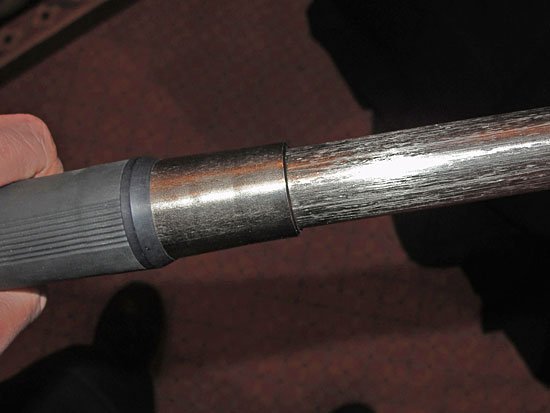
This provides a much stronger material in the baton tubing joints. This is accomplished because the tubing during the milling process is kept at consistent dimensions, just tapered down at the joint. According to Vic, heat expansion or swaging reduces the joint size of competitor batons creating a weak point for breaking.
Another advantage of the RCB design is that the handle is 1.25” in diameter, allowing the officer to have a much greater grip than on smaller sized batons. The grip is covered in Santoprene leather, a synthetic material with a soft, nonslip surface that is reported to absorb shock and reduces fatigue.
The first expandable baton tube is an amazing 1” in diameter, much larger than competitors’ batons, making the RCB a greater visual deterrent to the bad guys.
THE CENTER OF GRAVITY
Another incredible advancement of the RCB over other batons is the center of gravity. As the video shows, when Vic balances the RCB with two common competitors, the RCB is the only baton that has a center of gravity in the expandable baton area. The other two batons are centered in the handle. What this means is that the officer is able to use the RCB to transfer a much greater amount of energy onto the suspect. Think of the design of a baseball bat – the weight is in the hitting end, not the handle! Vic described this unique weight placement as a “force multiplier”.
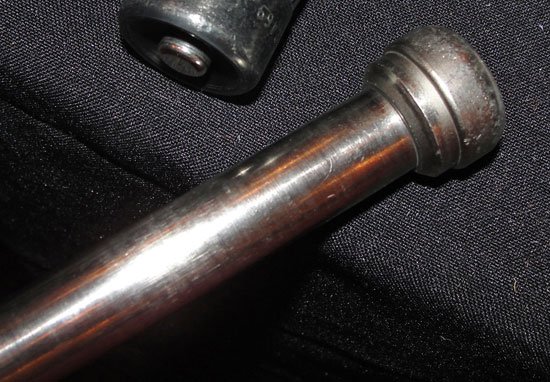
Vic showed me a study produced by the Florida Gulf Coast University in Ft. Myers, FL that indicated that the RCB produced as much as 4G’s more of kinetic energy than the competitor batons available today.
DEPLOYMENT OF THE RCB
The RCB allows officers two options in deploying the baton. The first is similar to most expandable batons, and requires the officer to rapidly swing the baton in a flicking motion to cause the expandable tubes to slide and lock into position. Vic mentioned that the best way of doing this is in a downward motion to allow gravity to assist the locking procedure.
The second method simply requires the officer to grab the large retention screw at the tip of the baton, twist slightly, and pull the expandable tubes outward in a rapid movement until they are locked into position.
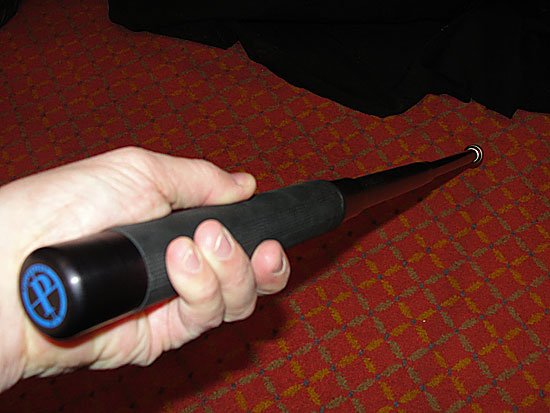
This design also gives the user two options for closing the baton once it is expanded. The user can use the traditional method of striking the tip of the baton on a hard surface in a downward motion to loosen the tension lock and close the baton. However, the milled design of the RCB also allows the user to tap the tip of the baton on a hard surface in a striking motion, then close the baton by simply pushing the expandable tubes back into the handle.
THE PERMA-LOCK RCB HOLSTER
The RCB has its own proprietary holster, but unlike many other expandable baton holsters, the Perma-Lock holster is open on the bottom to allow officers to secure the baton in the expanded position.
The Perma-lock holster rotates and locks into position in the desired position that the individual officer desires. It appears that the holster’s positions are in 45 degree increments.
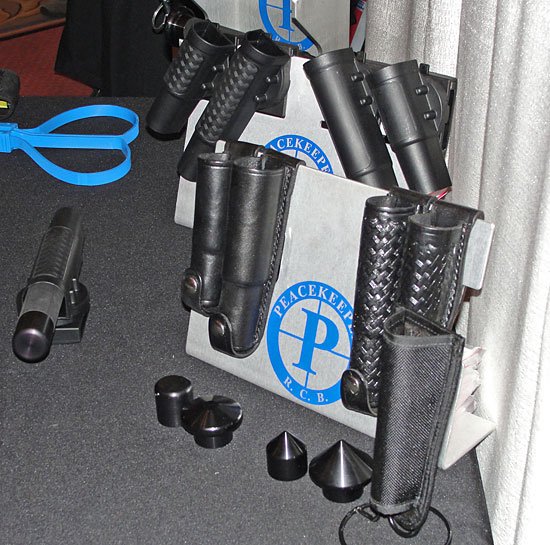
The Perma-lock holsters are available in plain, basket weave, and nylon materials, and have Molle options for tactical vests as well. The Molle versions allow officers to place the holster in straight up position, 5 degree cant, or 20 degree cant.
THE RCB OPTIONS
Vic told me that the RCB currently comes in four sizes that officers and other users can choose from. The following sizes are all in the fully expanded position:
- 21”
- 24”
- 26”
- 29” – Considered their “Riot” baton.
There are also multiple options in the type of end-cap the officer chooses for their RCB baton. The following end caps are available for the bottom of the handle:
- Standard straight end-cap
- Window-breaker end-cap that tapers into the shape of a pyramid for easy breaks
- Retention end-cap – enlarged cap to reduce the risk of the baton sliding out of the hand
- Combination end-cap – incorporates the window-breaker and retention end caps.
PRICE FOR THE RCB
Vic explained that the starting price for the standard RCB at 21” is $109.95. The price increases $4.00 for each size increase, and $4 for each size increase in the nickel option.
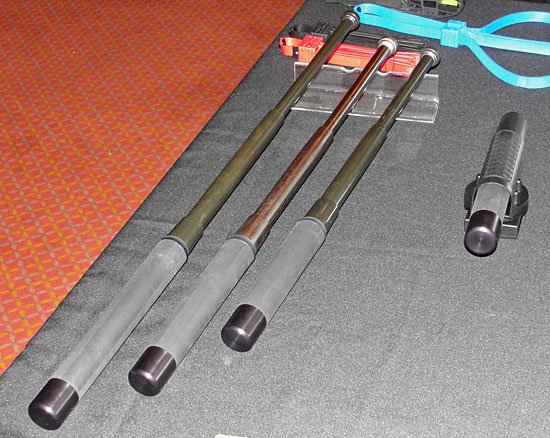
USERS OF THE RCB
Here is a partial list of major police agencies across the country that have full deployment of the RCB for their officers:
- Ft. Worth, TX
- Denver, CO
- Houston, TX
- San Jose, CA
- Palm Beach County, CA
- San Antonio, TX
- Albuquerque, NM
- Los Angeles County, CA
- Riverside County, CA
There are more full deployments of the RCB with smaller agencies, and the list of agencies that provide the option to use the RCB is much larger.
Overall I was very impressed with the RCB and wished I had known about this baton years ago. From all that I’ve seen there are several great advantages to this baton over other expandable batons. I’m going to try to get one for some T&E. If that happens I’ll post a follow-up article on the results.
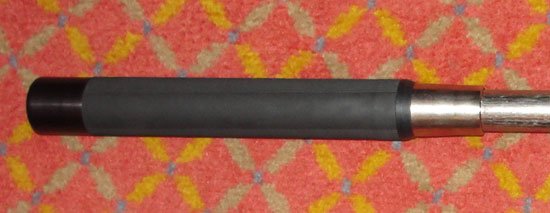
Aaron is a sergeant with a midwestern police department, where he serves as a trainer, supervisor and SWAT sniper. In addition to his broad tactical knowledge, Aaron has experience in DUI, DRE and undercover narcotics investigations.